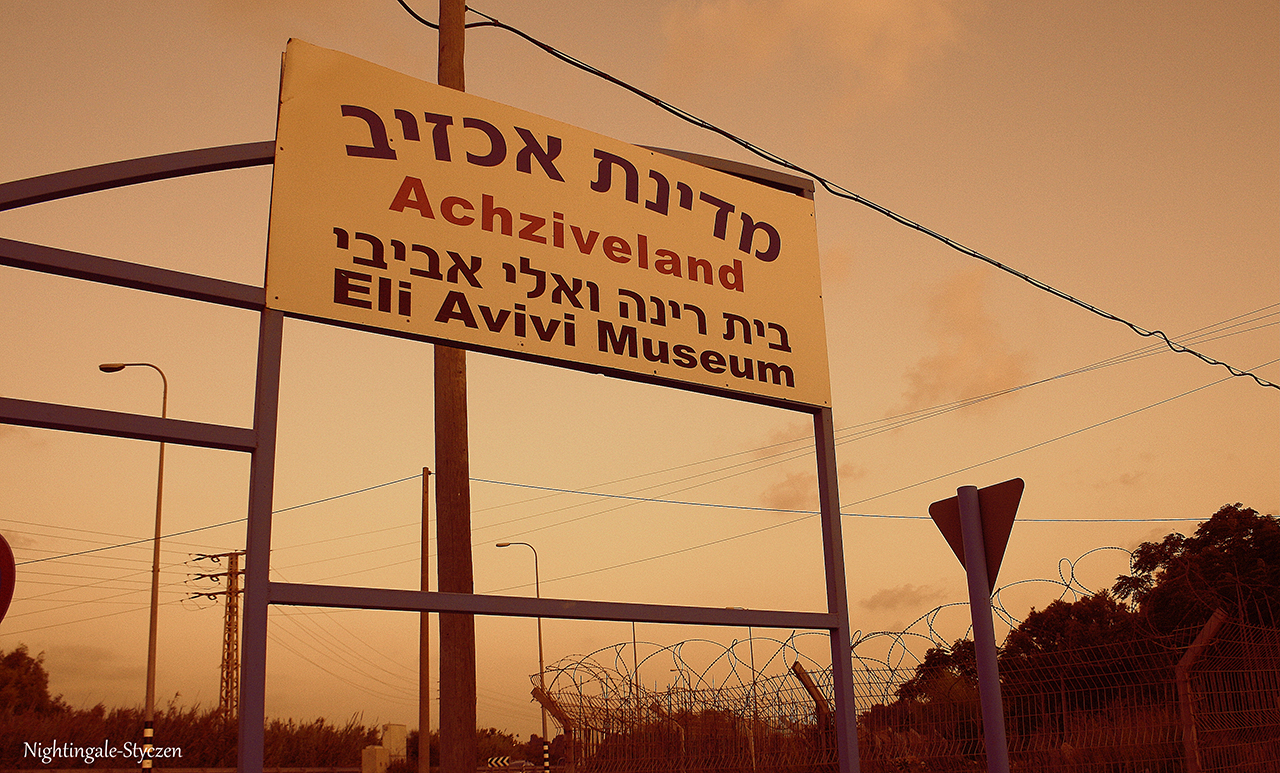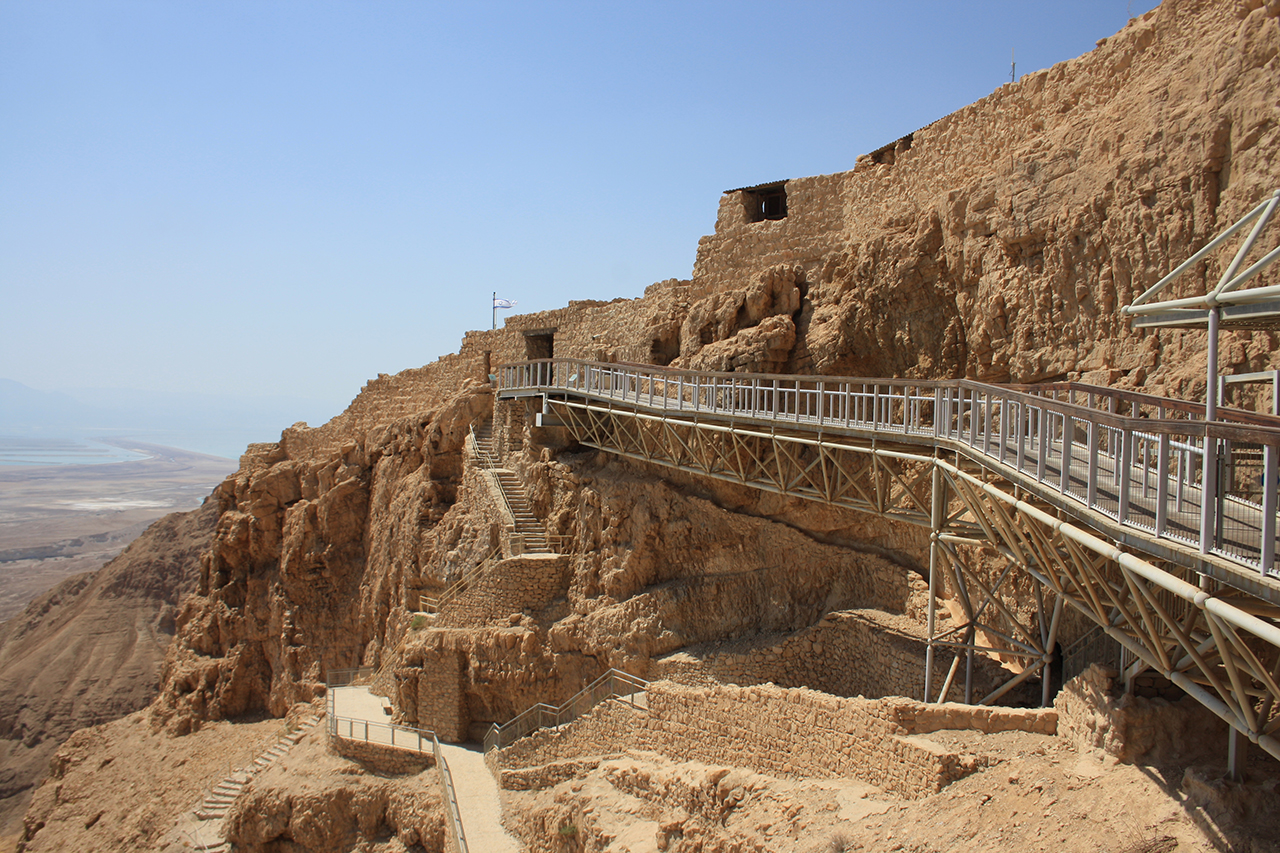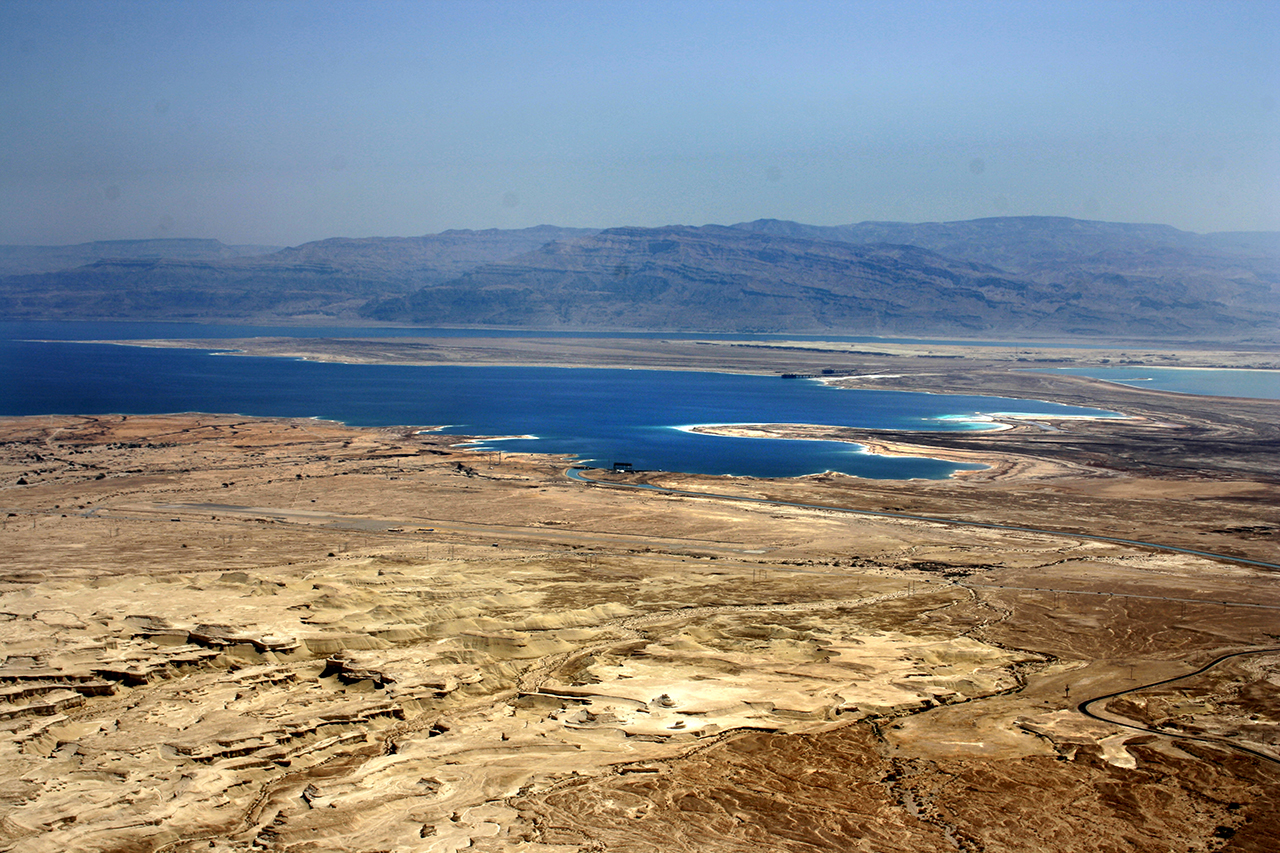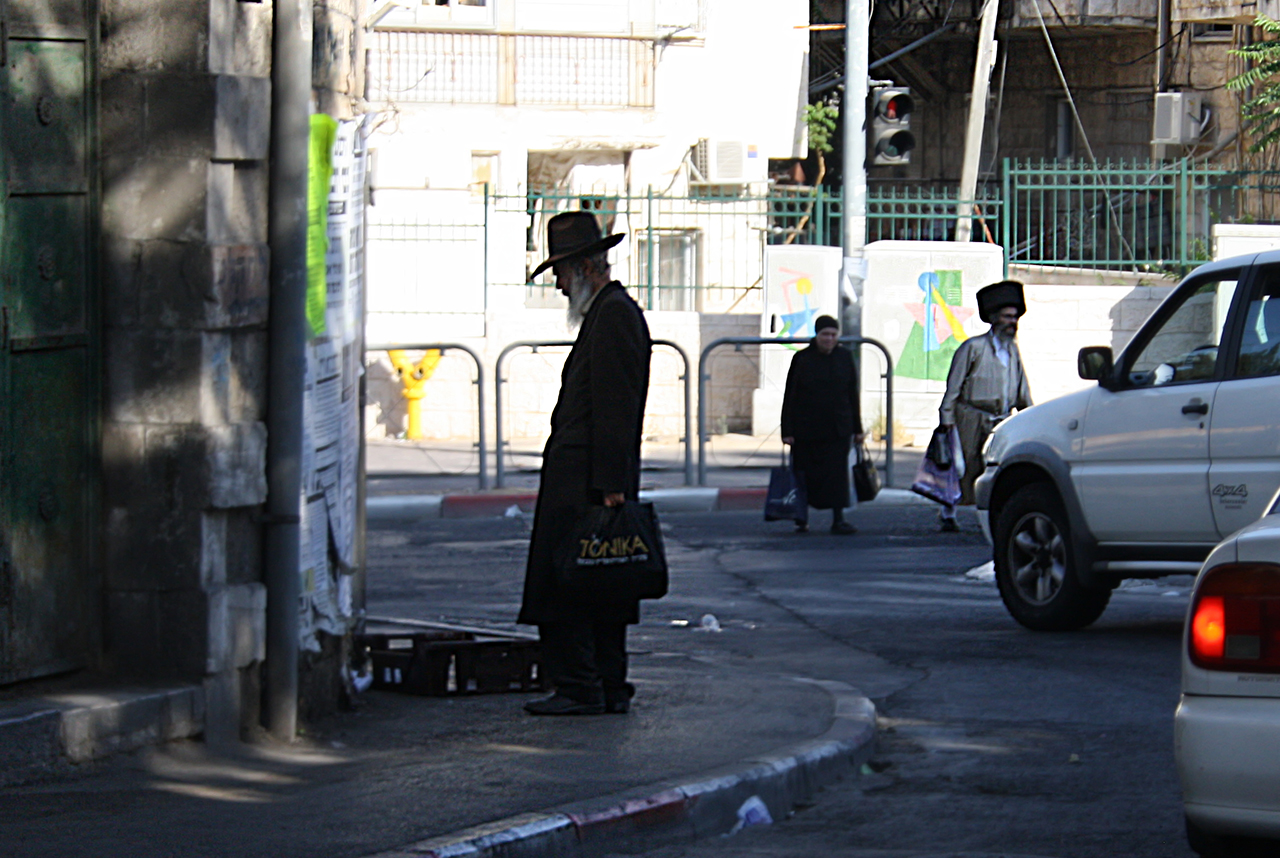Israel is one of the most diversified spots on Earth. Desert fortifications, weird waters of the Dead Sea or hills made of salt say it all for nature lovers. For those traveling to rub shoulders with locals, instead, deep glimpses into Christianity, Judaism and Islam as well as literally unexplored ethnic minorities and utopian settlements will blend into a one-in-a-lifetime experience. Finally, the Middle Eastern cuisine combined with exceptional hospitality is one more reason to put Israel on your bucket list, and even plant-based travelers are not going to miss out on local delicacies. Going around? Whether you decide to rent a car, use public transport, sheruts (shared taxis) or hitchhike, you’re going to reach your destination with no trouble.
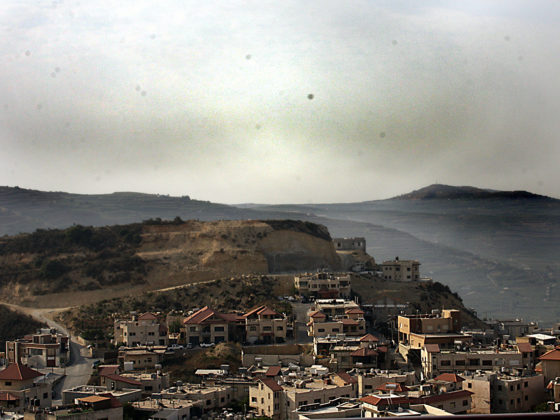
9+ of the Most Peculiar Spots in Israel
1. Akhzivland – Anarchy inside Israel
Usually referred to as the most peaceful nation of the Middle East and an anarchic-hippy retreat, this micronation founded by a sailor, Eli Avivi, is proof that absolute freedom exists and you don’t need to put up with your government if you don’t want to. Although initially charged with a crime of “Creation of a Country Without Permission”, Eli was eventually granted a 99 years’ lease of the land after everybody realized such a crime did not exist. The First Couple offer a chat, accommodation and a museum of eccentricities collected all over the world during Eli’s life as a sailor. (Eli’s current condition makes communication with him rather difficult. However, his wife Rina will be there to chime you with their jaw-dropping tales.)
2. Amirim – Vegetarian dream
The village was set up back in the 50s with the aim of promoting plant-based, peaceful and inspiring life. Although some residents sneak some meat into the village, you’re not able to buy any animal raw products from the local store. However, the menus at Amirim’s eateries run both vegan and milk-based options. Friday is the best day to show up, as the local ‘Roman’ theater with a marvelous view over the Sea of Galilee hosts atmospheric concerts. This is also a good chance to meet the extraordinarily hospitable locals and try some Couchsurfing. Many of the villagers are activists and artists, hence the initial impression of sluggishness couldn’t be more misleading.
3. Majdal Shams – Peaceful bite of Syria
Majdal Shams is home to a Druze community north of the Golan Heights. Since the Six-Day War in 1967, the village has been under Israeli control. The Druze people are famous for their non-violence attitudes and unspeakable kindness. Be prepared for a flood of smiles, invites, liters of coffee and any other acts of sheer altruism. The town’s most peculiar attraction is the Shouting Hill, featured in the award-winning 2004 movie “The Syrian Bride”. Druze families separated by the Israeli-Syrian conflict used to communicate with relatives and friends by means of megaphones assembled on opposite sides of a UN-controlled ravine.
4. Mount Sodom
Right next to the southwestern part of the Dead Sea, there is an ever growing hill made almost entirely of salt. The 720 ft mount, crowned by bright limestone, has been sitting in the Judean Desert for hundreds of thousands of years, getting measurably taller and taller every year. If you’re familiar with the eerie biblical account of ‘“Lot’s wife”, one of the pillars separated is believed to be the wife herself punished for looking back at Sodom and Gomorrah being torn into pieces by God’s rage. The evocative hike requires a hat, sunblock and a few litres’ supply of water per person. Although the hill is not very high, it’s 5 mi long and 3 mi wide with little chance for shade.
5. Masada – Palace on the desert
One of the most ruthless and despised rulers in history, Herod the Great suffered from megalomania which left us with breathtaking examples of Roman architecture. His desert fortresses are usually perched on isolated sand-yellow rocks, such as the one in Masada which tells a chilling story of certain heroic mass suicide (you’re going to learn about it in the reminiscent setting of the isolated fortress). The fortification is very high and can be reached on foot following a winding “snake path” or by aerial tram. A hat and sunscreen are obligatory, while potable water stations are available all over the site.
6. The Dead Sea – Walking on water
The Dead Sea – sharing its banks among Israel, the West Bank and Jordan – is actually a 997 ft deep lake, which makes it the lowest point on dry land. However, its most thrilling uniqueness lies in the hypersaline water: the level of saltiness is so high that a person can float on the surface without the slightest effort or risk of drowning. Another attraction is the reservoir’s mineral-rich black mud widely used in organic cosmetics production as well as for therapeutic treatments at nearby resorts. (The extensive exploitation has caused so much damage that the Dead Sea is gradually… dying.) Two words of warning: (1) do not shave on the same day or you’re going to get what “to rub salt into the wound” means literally. (2) Swallowing the water is very dangerous and needs immediate medical assistance!
7. Mea She’arim – A rare glimpse into ultra-Orthodox neighborhood
The fact that it’s one of the oldest and most tourist-unfriendly Jewish neighborhoods in Jerusalem should already sound intriguing to any intrepid traveler. The residents – all dressed up in their traditional finest – make up a strictly Orthodox Jewish community that frowns at any intruder. What’s more, outrageous conduct such as bare legs, shoulders or shorter-than-maxi skirt may provoke aggressive response. Speaking to or even walking on the same side as the opposite-sex is unthinkable. However, as long as you wrap yourself properly, don’t drive, smoke or use any mobile devices on Shabbat, you should be rewarded, safe and sound, with a truly unique experience.
8. The Bahá’í Gardens – The eighth world wonder
The strictly monitored religious complex in Haifa looks like an actual projection of heaven: divine grandeur, equilibrium and peace. And this is what Bahá’í faith appears to be about: whether it was Mohammed, Buddha, Jesus or any other prophet, the dogma states they were all legit and just right for the times and cultures they occurred in. Yet, despite this highly nonpartisan stand, Bahá’í followers have endured heavy persecutions. Another curiosity is that, despite being located in one of the biggest cities of Israel, it’s the Israeli citizens who are not allowed in and, surprisingly, everyone thinks it’s fair. (Before you go: check out the changing opening hours and dress modestly).
9. Palestine – A day trip abroad
The Occupied Palestinian Territories is an area featuring nearly 50 years’ of military occupation, apart from stunning architecture and Banksy’s famous murals. It’s an absolute must for a complete tour around Israel as the conflict has been having a huge impact on both countries. Main cities are well connected by public transport, including the Jerusalem – Bethlehem route. (There’s only one car rental company in Jerusalem that covers insurance on both territories.) Although generally safe for tourists, political situation is unstable and travelers should stay clear of any possible unrest and, preferably, ask one of the locals to show them around: not only for safety reasons – Palestinian hospitality and kindness are second to none, and the citizens are always willing to share everything from a meal, history to personal experiences.
Editor’s note: These other spots in and around Israel are all taken directly from travelstoke®, a new app from Matador that connects you with fellow travelers and locals, and helps you build trip itineraries with spots that integrate seamlessly into Google Maps and Uber. Download the app to add any of the spots below directly to your future trips.
Tomb of Christ
The small room, reached by a slightly larger room in the tomb itself, allows three people in at any one time. It is embellished with sacred adornments and you’ll have just about a minute with two others before made to feel you’ve over stayed your time.
Queuing to enter the tomb begins outside round the perimeter and will require a bit of patience before entering.
#history
Dome of the Rock
This shrine, not to be confused with a functioning mosque was built in the seventh century not long after Islam surged out of Mecca. It is considered to be one of the most religious places in the Islamic world and revered by Christians and Jews alike. There is no doubt that this sight is the most photographed spot in the city.
Whilst the inside is off limits to anyone but Muslims it can be admired from various angles and proximities throughout the city. Spending a day taking different camera shots of it from the hundreds of streets, balconies and vantage points could be a task in itself.
To sum up, it’s maybe advised to forget the pomp and politics of trying to enter and to simply take a step back to enjoy the external beauty of a pronounced, world-class monument. #history
Yad Vashem
It will undoubtedly move and involve you by drawing you close to every event on display. New IDF recruits dominated the exhibition floors when I was there among tourists from the world over.
The museum is split into several parts with edifices depicting a triangle. Symbolizing half the Star of David, it marks how half the entire Jewish population were slaughtered during World War II. Whilst the museum will take you hours to merely brush across the surface, it guides you through what it has to offer in a logical and systematic manner.
There are various vantage points from the circumference of this sizable museum overlooking pines. It is cushioned by Mount Herzl and can make for a pleasant respite for after your visit.
Entrance is free but other tit-bits such as an audio guide, map etc. cost, and can be paid for at reception. #free #gallery #history
Nabi Musa
The main reason for venturing out here is to pay tribute to the Tomb of Moses, which respectively is under much dispute about the true location of his burial. Held adjacent to the Muslim prayer hall, the sarcophagus measures the size of a small truck.
My comrades and I alighted from our vehicle and made haste to the entrance of the mosque mid-afternoon. It was Friday and the chance of getting in, according to some sources, was remote. Nothing however was further from the truth. Whilst we were prevented from entering the prayer hall itself our presence in the courtyard amidst the lime trees and a dozen stray cats was far from frowned upon.
As a Christian I felt closer to God in this mosque than a number of churches in Jerusalem. Perhaps this was due to the absence of tourists jostling for space with everything from cameras to camcorders. Worshippers shuffled out of the hall in twos and threes after prayer, not remotely miffed by our curiosity and quiet presence.
The lack of pollution, backdrop of the desert and natural light make for some pellucid pictures for the photography enthusiast. If it’s a religious spin or somewhere slightly off the beaten path Nabi Musa packs quite a punch.
#history #free
The main reason for venturing out here is to pay tribute to the Tomb of Moses, which respectively is under much dispute about the true location of his burial. Held adjacent to the Muslim prayer hall, the sarcophagus measures the size of a small truck.
My comrades and I alighted from our vehicle and made haste to the entrance of the mosque mid-afternoon. It was Friday and the chance of getting in, according to some sources, was remote. Nothing however was further from the truth. Whilst we were prevented from entering the prayer hall itself our presence in the courtyard amidst the lime trees and a dozen stray cats was far from frowned upon.
As a Christian I felt closer to God in this mosque than a number of churches in Jerusalem. Perhaps this was due to the absence of tourists jostling for space with everything from cameras to camcorders. Worshippers shuffled out of the hall in twos and threes after prayer, not remotely miffed by our curiosity and quiet presence.
The lack of pollution, backdrop of the desert and natural light make for some pellucid pictures for the photography enthusiast. If it’s a religious spin or somewhere slightly off the beaten path Nabi Musa packs quite a punch.
#history #free
